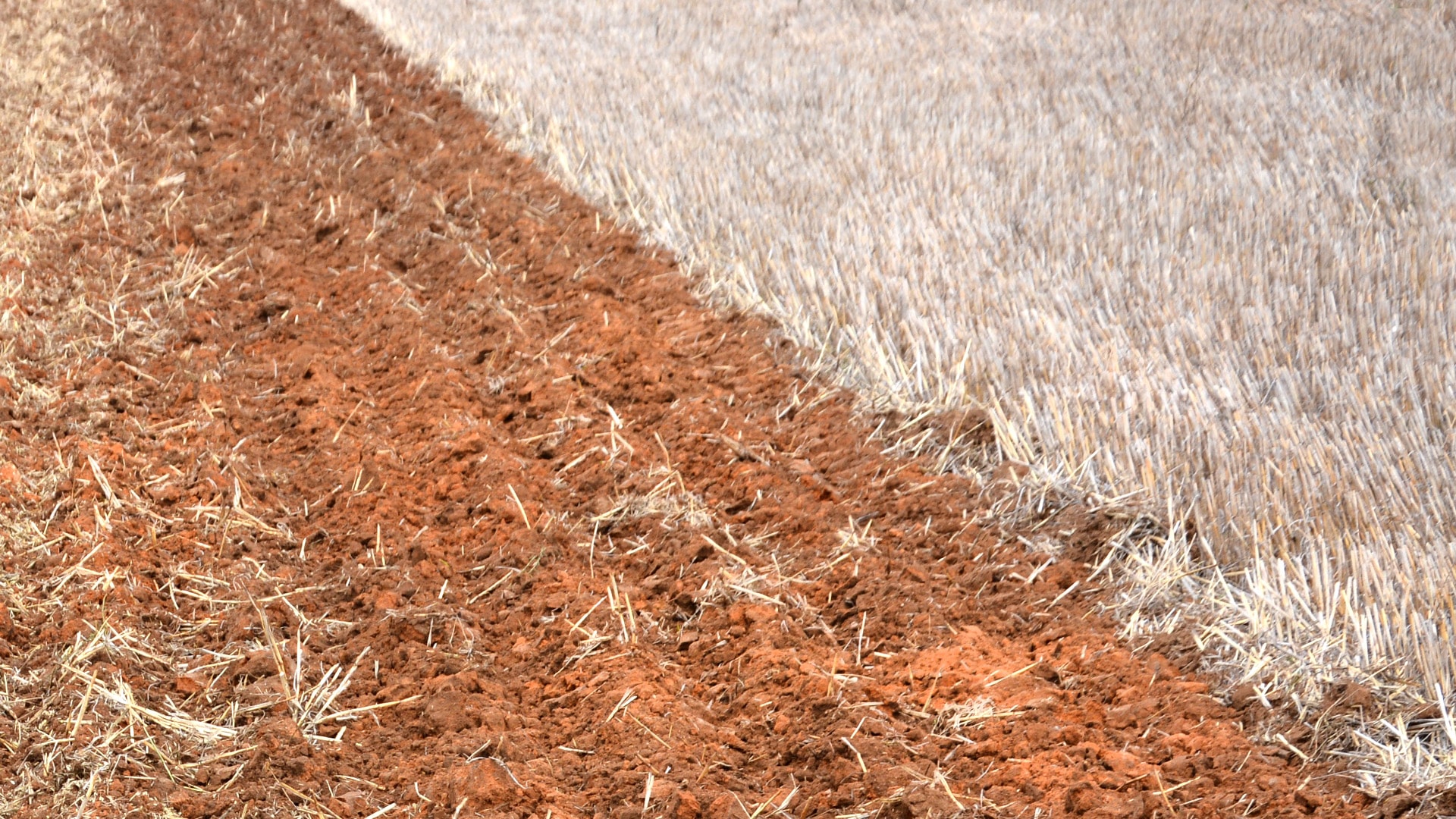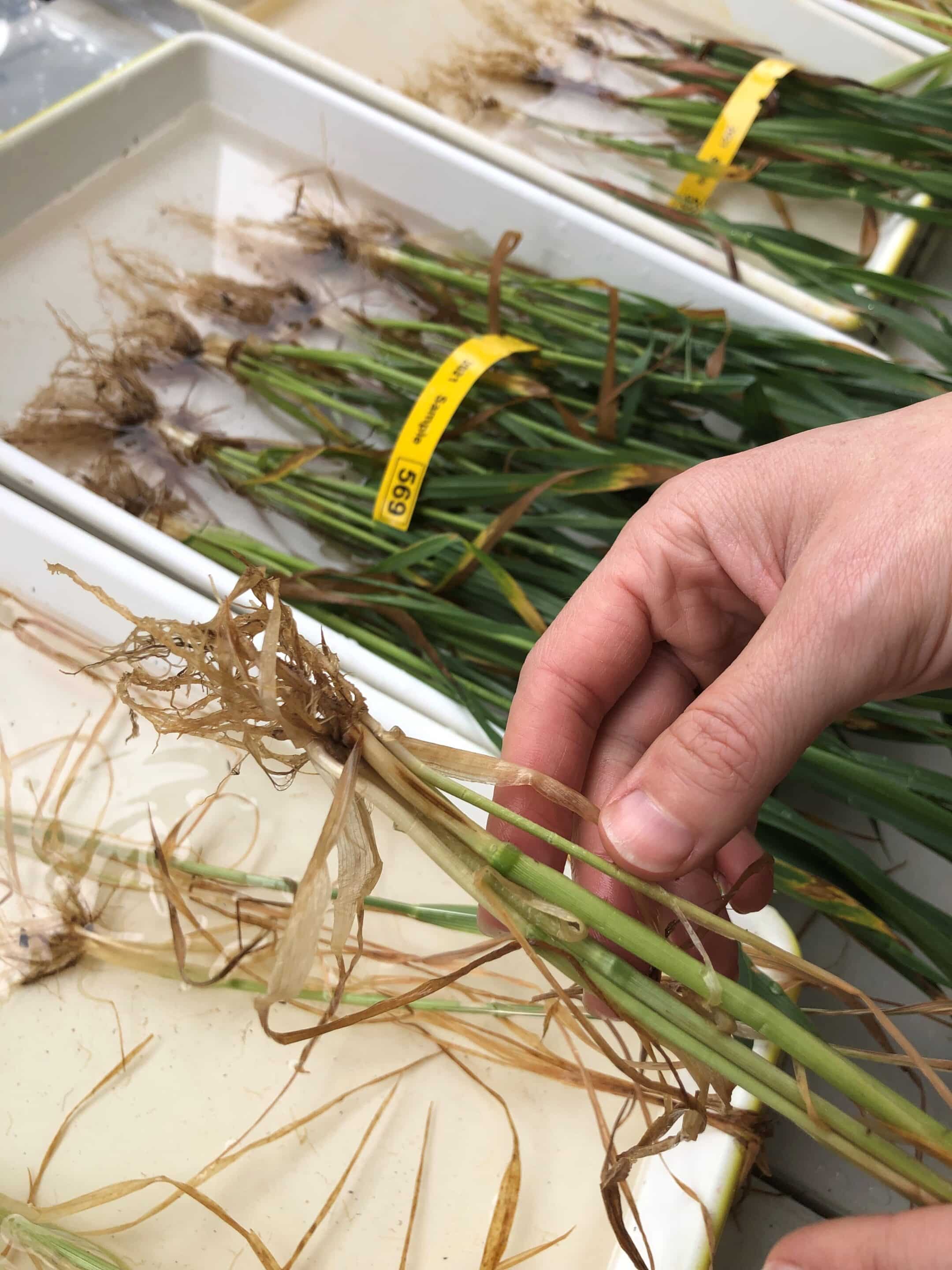START
FINISH

Summary
Recent advances in nano-scale optics and photon sensing may have the potential to be applied to agriculture for the real-time measuring of mineral nitrogen in soil.
Using weak ammonium, potassium and sodium nitrate solutions, researchers tested three molecular probes for their ability to produce a reliable signal indicating the concentration of nitrates.
While some technical challenges remain, the project established for the first time that this technology can be used to detect nitrates in solution, and that it has application potential in the development of a portable probe to measure soil N on-farm.
Background
Managing soil nitrogen is a critical aspect of achieving optimum crop yield under each growing season’s specific soil and weather conditions. Fertiliser N is a significant input cost, so applying any more or less than is needed has a direct effect on profitability.
Traditional assessments generally require soil samples to be sent off-farm for analysis. However, advances in nano-scale optics and photonic sensing technology have shown that a portable probe offering continuous, real-time measurement of soil N is feasible.
Research Aims
The core objective of the project was to test the concept of a nanoscale photonic probe that could be used to measure soil mineral nitrogen in real time.
In The Field
Essentially, this project sought to take new optic and photonic sensing technologies from the biological, material and food science sectors, and see if it could be successfully applied to agriculture.
Using innovations from the Australian Research Council Centre for Nanoscale BioPhotonics (https://cnbplegacy.org.au), the researchers developed three test probes for sensing chemical concentrations in soil.
Each probe consisted of an optical fibre with a molecular probe embedded on its surface. If nitrate molecules are present, they bind to the molecular probe and emit a telltale light frequency when excited by a laser. This fluorescence back travels through the optic fibre and can be detected by a spectrometer.
The molecular probes tested were based on three different molecules that are sensitive to soil N (nitrate) and/or fertiliser N (ammonium) – oxazine170 perchlorate, 5(6)carboxyl flurocein, and fluorescein-5-thiosemicarbazide.
These probes were tested in solutions of sodium nitrate, ammonium nitrate and potassium nitrate at concentrations of approximately 17 parts per million (ppm) to establish the responsiveness to N and the signal stability from different N solutions. These controlled tests would indicate the suitability of the probe for soil tests.
Results
All three probes gave a positive indication for nitrates in each of the test solutions.
The oxazine170 perchlorate probe showed a clear response each time the probe was moved from water to ammonium nitrate, potassium nitrate and sodium nitrate. However the signal from each test solution increased over time rather than remaining stable.
The signal from the 5(6)carboxyl flurocein probe stabilised in water over approximately an hour and changed rapidly when placed in potassium nitrate. The response was not as strong as expected and the signal continued to drift once the probe was returned to the water.
The fluorescein-5-thiosemicarbazide was stable in water and responded well when placed in the ammonium nitrate solution. When returned to the water the signal failed to return to its original value and actually increased when the probe was held in air. This may have been caused by ammonium diffusing and out of the polymer used to bond the probe to the optic fibre. There was an immediate and more stable signal when this sensor was tested in sodium nitrate.
The research shows that nitrate N can be measured continuously and non-destructively using molecular sensors and optical fibre technology. Further work is required to overcome the remaining technical issues and prove the technology in soil, then design a robust sensor for use in the field.
Project Participants
University of Adelaide: Dr Roman Kostecki, Dr Glenn McDonald
The Problem
Accurately measuring and managing soil nitrogen is critical to the productivity and profitability of grain growing.
The research
Novel technology was adapted to test the feasibility of using chemical photonic sensing for continuous real-time soil N measurement on-farm.
More information
Dr Glenn McDonald, University of Adelaide
T: 08 8313 7358
E: [email protected]
Value for Growers
This project expanded the use of fibre optic technology to measure nitrates in solution for the first time. The experiments, their promising initial results and the isolation of factors requiring further research all help to bring portable, real-time soil N monitoring closer to reality for grain growers.
Latest Research Projects



